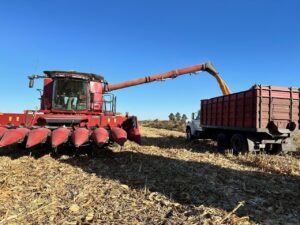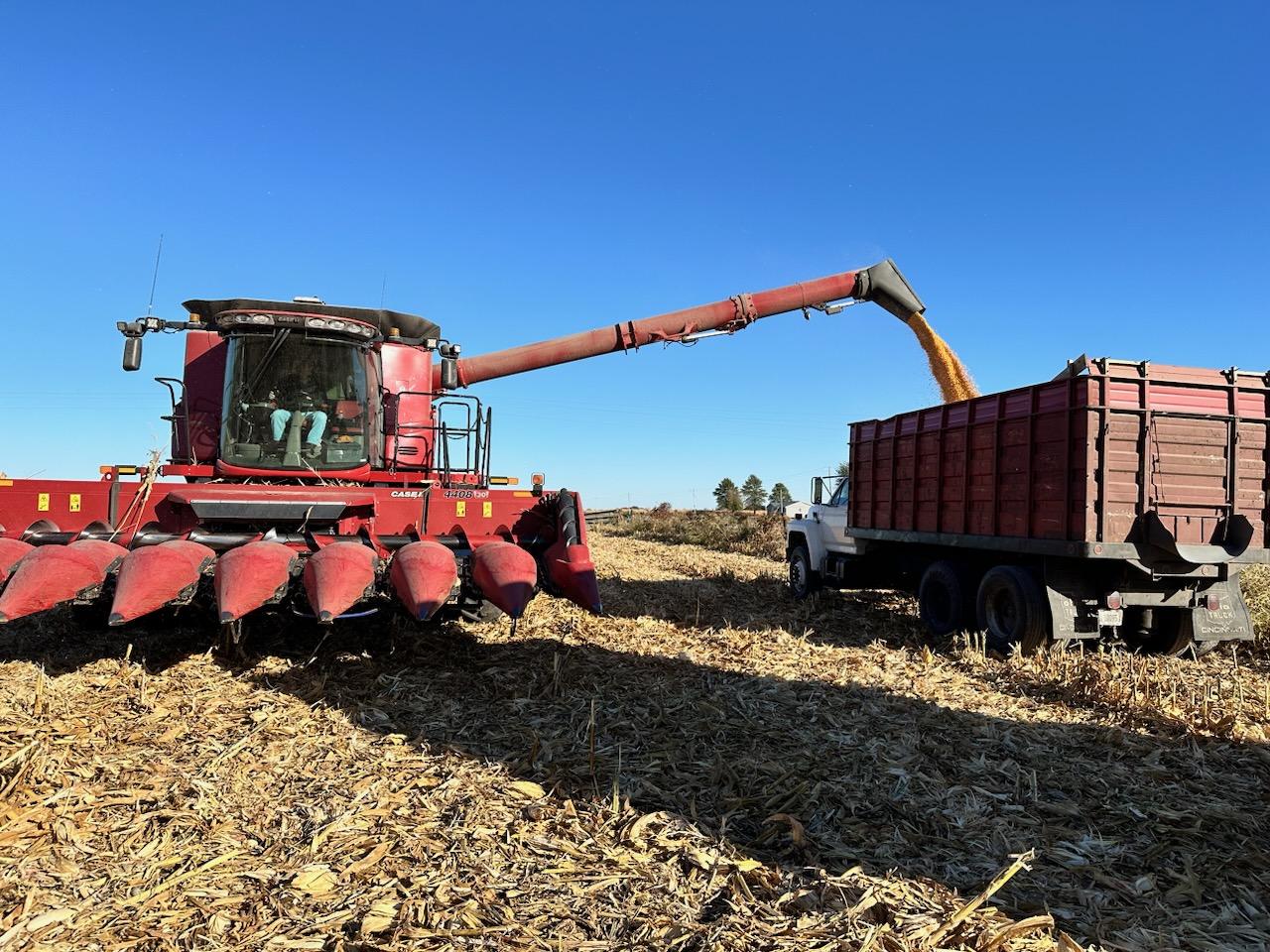Planning for the future can be daunting, especially as a retiring farmer begins to think about transitioning the operation to the next generation. While the process varies from family to family, Mike Downey, co-owner of Next Generation Ag Advocates, offers key to do’s and not to do’s when it comes to beginning the transition process:
“The key to do’s is just think with the end in mind. In a perfect world what does this look like for the future of your family farm with the kids and there could be a different transition for the long term assets like the farmland versus the shorter term assets, or the day to day of the operation, for those in the family that are returning to the farm. Then we can start backing up and start brainstorming the different tools to put in place to help get you there. As far as key not to do’s, is think through what could go wrong if you do nothing and all those different scenarios that could happen, which more times than not, unfortunately, I see don’t necessarily complement the long term plans for the farm.”
Most times when people think of succession planning they think of the operation being passed down within the family, but Downey informs a trend of transition among non-family members could be seen in the future as it is estimated two-thirds of the farmers that have children are not actively farming.












